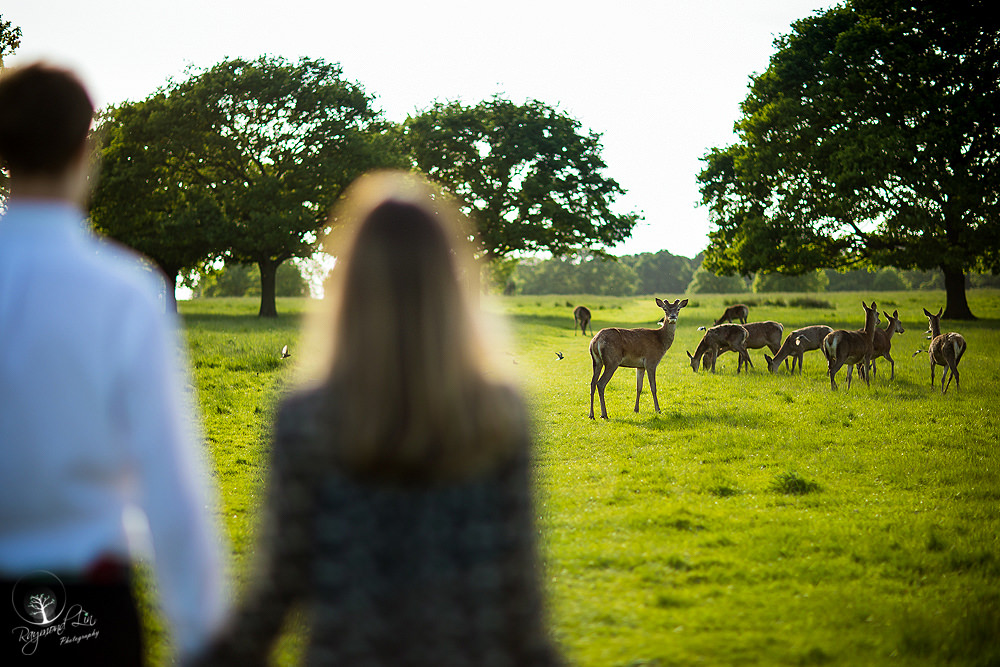If you can manually focus a lens and it works, there isn't a physical problem with the lens. It means the lens is sharp and accurate. Once you start using AF it is driven by the camera, and the technical computational ability of the camera to determine if the subject is in focus. The camera controls the movement of the AF mechanism in the lens, it moves this mechanism until the camera thinks the image is in focus. The rules around how the camera decides the image is in focus is the crux of the issue as far as I can see?
I don't agree that any lens should be out on a mirrorless body, the tech should be preventing that if used properly. MFA on a DSLR, yes we know it happens but manual or live view AF have always been the accurate constant control that hit 100% every time.
I would love to know how a camera body knows where focus should be and tells the lens what to do, it needs to take the scene/AF point into account, focal length, aperture, subject etc. The lens feeds the camera information, the camera body makes the decision. This is based around me thinking that the end focus result is all based around the image and best focus of the highlighted area under the AF point, as you would manually... If the camera doesn't do this, then there will always be problems.
You may be right though, the camera may use prediction rather than verification, and the algorithm it uses just doesn't work for all lenses? That kinda makes sense to me. So possibly this is the root of the issue?
Edit: If the camera, in the pursuit of speed takes stock of the situation and decides the lens needs to move 'x' number of clicks and the scene will be in focus rather than actually verifying it is in focus, then yes if the translation of clicks to the lens is out for some reason, it's all going to end badly

You'd think in single AF it would take it's time and make sure, having inconsistencies if C-AF I'd expect as that is generally about prediction. I wonder if pre-AF plays any part?
I've never seen this behaviour with Fuji, or Canon where using live view is the control that you set the MFA by when using software like FoCal.
Edit: Full disclosure, I'm about ten pints of Scrumpy Jack in, so this may all make no sense at all






 DSC01919.jpg
DSC01919.jpg